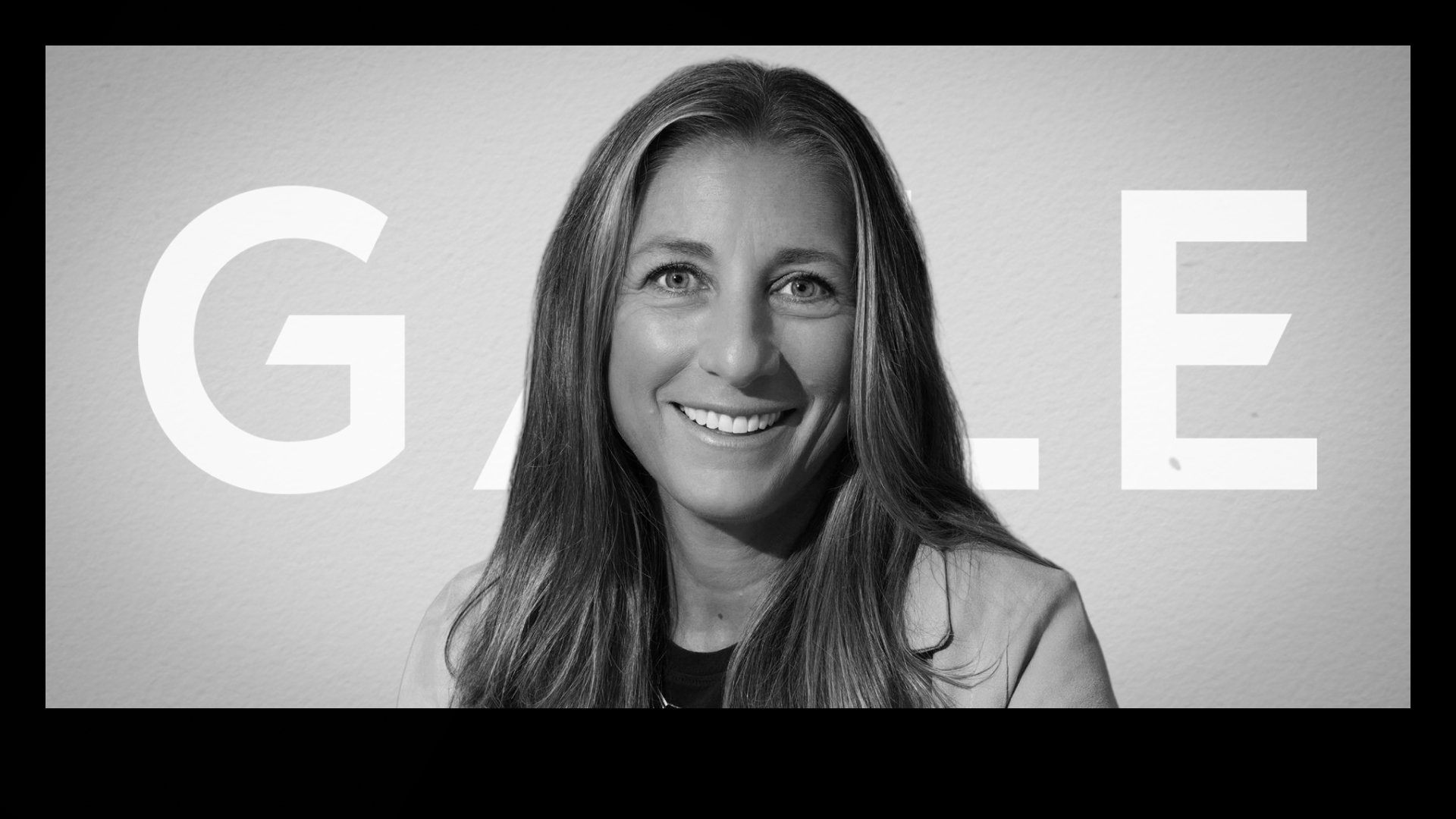In marketing, many contradictory things are true:
OOH is inefficient. OOH ensures you’re seen.
Raw photography outperforms staged shots. Staged photography drives appeal.
Taglines are irrelevant. Taglines work.
Let’s zoom in and take the tagline as an example. From “Just do it.” to “I’m Lovin’ It” to “Because You’re Worth It,” some taglines have become intertwined with their brand. And, given the massive, decades-long success of Nike, McDonald’s, and L’Oréal, that tagline-brand interweaving is doing just fine.
But then there’s Starbucks. A $90B company that graces nearly every corner and cup-carrying hand, the coffee colossus does it all without a tagline. Just the green, siren-esque figure imploring you to drink up.
This tagline tale proves the simple truth: there is no golden rule in marketing.
Things that worked yesterday sometimes don’t work today. But sometimes they do. (And that’s another contradiction.) As my old creative partner, Peter Favat, used to say, “People that say things are dead are dead.” That always made me laugh, and I couldn’t agree more. It’s not creator versus creative, raw versus craft, systems versus campaigns, or always-on versus rebrands. It’s all of the above. It’s “Yes, and.”
The future of marketing is about flexibility–adapting for your business and your audience. And that starts with knowing your unique business problem. While one brand might need to go all in on creators, another might need an integrated brand campaign. And those call for very different approaches. In the case of Starbucks, the brand leaders might’ve thought that the logo did what it needed–no need for a tagline. But before you can even begin to debate OOH options or partnerships or taglines, it’s imperative that you get to the root of what you’re solving for. Your strategy matters most. Getting your creative and media choices right begins and ends there.
It also comes down to the quality and intelligence of the execution. There’s a slim difference between marketing gold and money down the drain. Technologists and capitalists want scalable and repeatable solutions. Software companies have higher returns than people-driven businesses. But even in an algorithmic era, marketing’s still an art and science. The tools are getting smarter, more automated and capable by the day–I daresay bordering on magic in the case of GenAI. But even in the case of technology that markets itself as versatile, there’s no single winning formula for brand and creative success. Given the vastly different and widening media habits, behaviors, and beliefs of generational audiences, this will continue to be true.
So, I guess I myself am proposing yet another marketing-related contradiction. There is a golden rule: be flexible. Success in marketing is not a binary decision.











